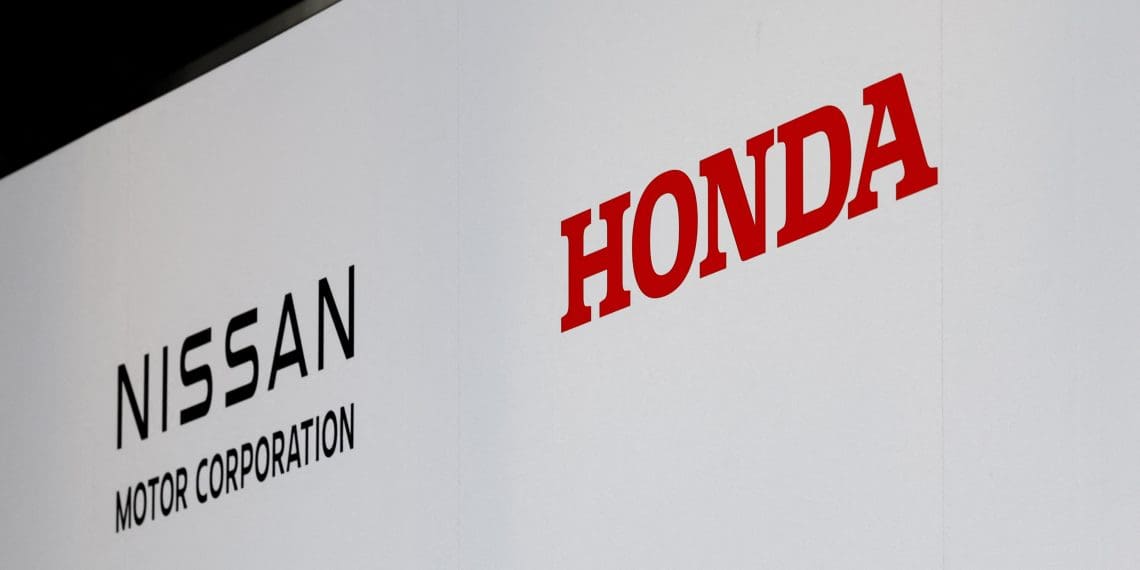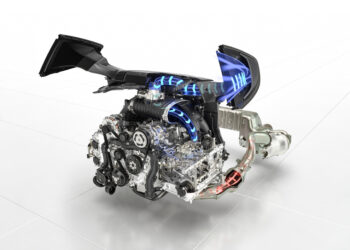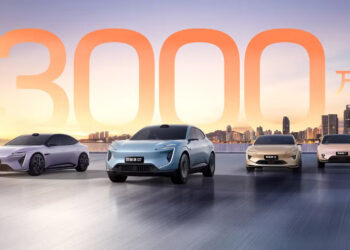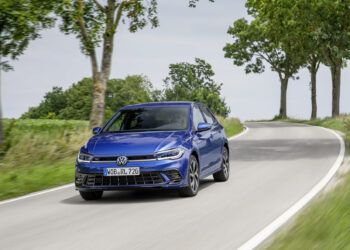For Honda and Nissan, the real challenge of their potential merger isn’t just about cost-cutting or joint EV development—it’s about surviving in China, the world’s largest auto market.
Both Japanese automakers have been bleeding market share in China for years, failing to keep pace with domestic giants like BYD and Tesla . Their combined sales in China plummeted by one-third over the last five years, and their market share halved to just 8%. Worse yet, their joint ventures with Chinese partners Dongfeng and GAC are struggling financially, with Nissan’s JV profits nosediving by 95% in 2023 and Honda’s nearly 90%.
Why China Matters for the Honda-Nissan Tie-Up
📉 Declining Sales: In fiscal 2023, Honda and Nissan sold 2 million cars in China, their second-largest market after the U.S. However, they sold 1 million fewer cars than five years ago, while Chinese demand for EVs has skyrocketed.
⚡ EV Catch-Up Needed: Honda and Nissan are playing catch-up on electric vehicles. Between them, they’re developing around 10 new EV models specifically for China. However, compared to BYD’s industry-leading lineup and Tesla’s dominance, this effort is still too little, too late.
🏭 Joint Venture Hurdles: Dongfeng Motor (which works with both Honda and Nissan) could, in theory, help consolidate manufacturing and supply chains, but partnership agreements remain opaque. Even if restructuring were possible, it would be slow and politically sensitive.
Merging in China Won’t Be Easy
🔴 Complicated Partnerships: GAC and Dongfeng control much of Honda and Nissan’s Chinese operations. Honda might need to sever ties with GAC, following Mitsubishi’s precedent when exiting its JV with GAC. However, untangling these agreements is notoriously difficult and requires government approvals.
🔴 Industry Overcapacity: If Honda and Nissan consolidate factories in China, who will buy the excess plants? The Chinese auto sector is already saturated, making it hard to offload assets.
🔴 Slow Timelines: Even if both companies agree to merge by mid-2025, their plan isn’t to fully integrate until August 2026. That’s two more years of struggling against China’s EV boom before real efficiencies kick in.
🚨 Bottom Line: Honda and Nissan Can’t Afford to Wait 🚨
If the Japanese automakers want to survive in China, they need to act fast. The longer they take to merge and streamline their EV strategy, the wider the gap grows between them and industry leaders like BYD, Tesla, and NIO.
Investors and analysts will be watching closely to see if Honda and Nissan start engaging their Chinese partners soon—or risk falling further behind.










